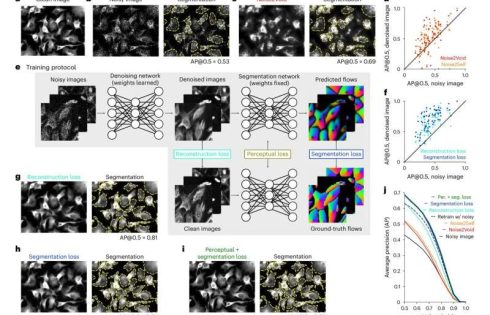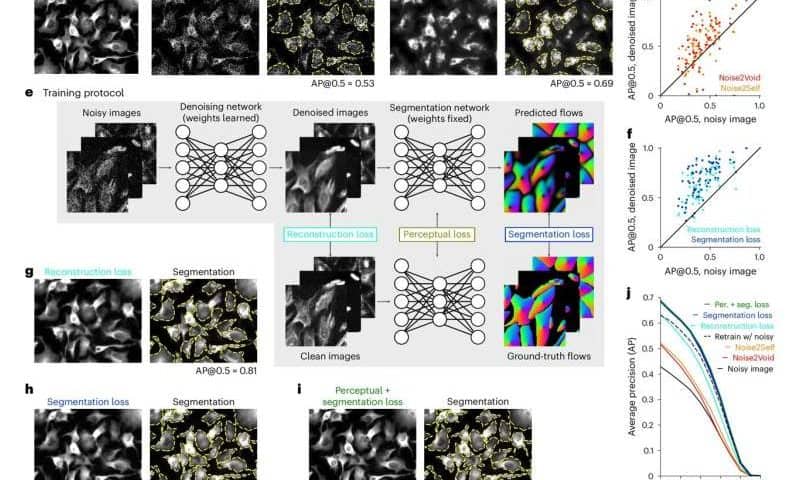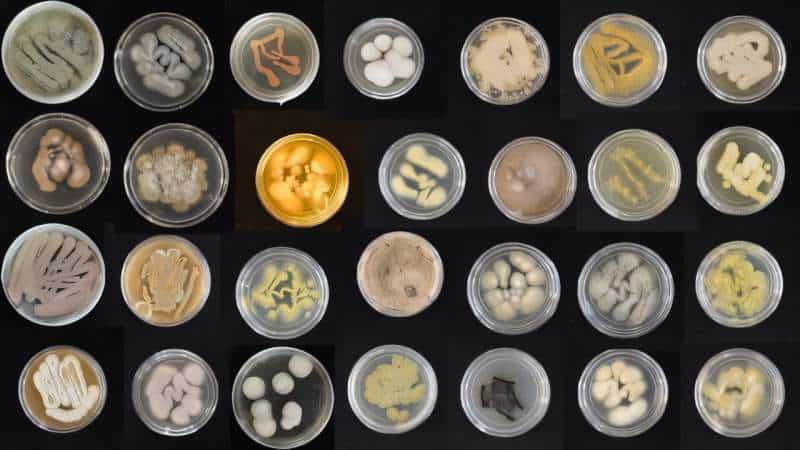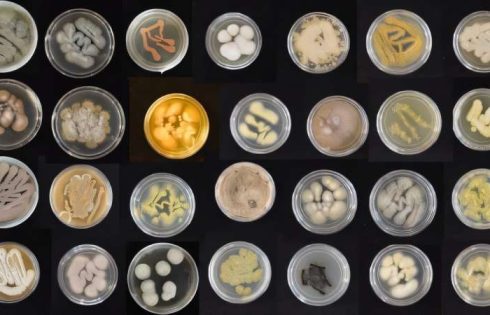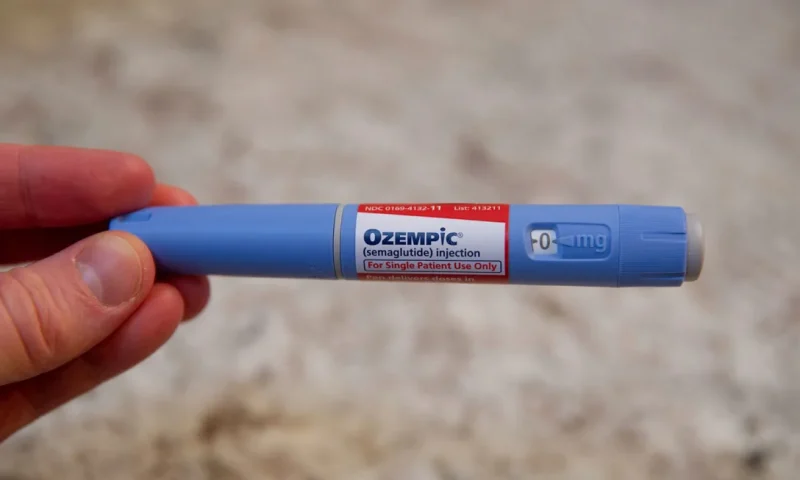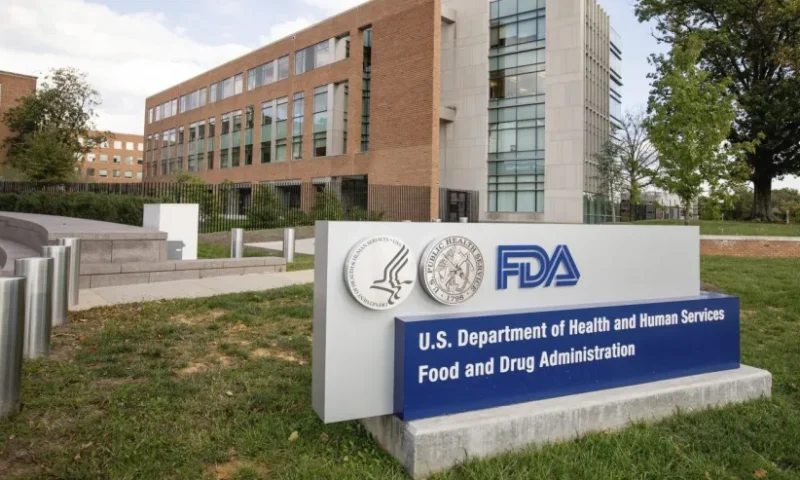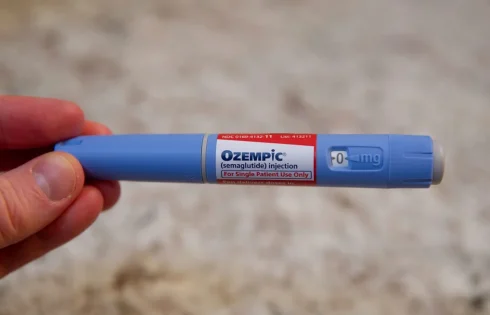
For years, people taking Ozempic or other drugs in the same class for diabetes and weight loss have noticed the medicines don’t just curb their desire to eat; for some, they also lead them to drink less alcohol.
Now, the first clinical trial – although relatively small and limited in duration – has confirmed it.
A study of 48 people with signs of moderate alcohol-use disorder found that those taking low doses of semaglutide – the generic name of Ozempic – for nine weeks saw significantly greater reductions in how much alcohol they drank, as well as cravings for alcohol, compared with people on a placebo. The results were published Wednesday in the journal JAMA Psychiatry.
The findings underscore what multiple analyses of real-world use of the so-called GLP-1 medicines, as well as studies in animals, had already hinted at: Ozempic and similar drugs, already incredibly popular, could help reduce risks of overconsuming alcohol, if the results bear out in larger and longer trials.
“We hoped to see a reduction in drinking and craving,” said Dr. Christian Hendershot, director of clinical research at the USC Institute for Addiction Science and the lead author of the study. “What I didn’t expect was the magnitude of the effects looks fairly good … compared to other alcohol-use disorder medications.”
Alcohol-use disorder, or AUD, affects almost 30 million people in the United States, according to the 2023 National Survey on Drug Use and Health, and it’s characterized by having trouble stopping or controlling alcohol use despite negative consequences from it.
And increasingly, health guidance points to consuming less alcohol or abstaining to improve health; last month, former US Surgeon General Dr. Vivek Murthy issued an advisory warning that alcohol raises the risk of at least seven types of cancer, and called for updated health warning labels on alcoholic beverages.
Whether Ozempic and other similar drugs present a new way of treating AUD will depend on larger trials in patients more heavily afflicted by the disorder, experts said, and potentially whether research can yield a better understanding of how the medicines work to reduce drinking.
There are three medicines approved by the US Food and Drug Administration for AUD, but fewer than 2% of people with the disorder receive treatment with them, Hendershot and his co-authors wrote in their paper, noting few people may know about them and that stigma may pose a barrier to treatment.
One of the medicines, naltrexone, has shown a small effect size on alcohol-use disorder, Hendershot told CNN. The semaglutide trial showed effect sizes “in the medium to large range,” he said, although he urged caution about the results since the trial “was the first to look at this question in a controlled way.”
Semaglutide, sold by Novo Nordisk as Ozempic for type 2 diabetes and Wegovy for obesity, is part of a class of drugs known as GLP-1 receptor agonists, mimicking the hormone GLP-1 to reduce appetite, slow stomach emptying and regulate insulin. Eli Lilly sells the other major drugs in the class, Mounjaro for diabetes and Zepbound for obesity, based on the active ingredient tirzepatide. In addition to GLP-1, they also mimic another hormone called GIP.
The drugs work in both the gut and the brain – which may be the way they could help with AUD, said Dr. Lorenzo Leggio, a physician-scientist at the National Institutes of Health who wasn’t involved in this study.
“More research is needed to understand the mechanism(s) of action of these medications in AUD,” Leggio, who’s published research on semaglutide’s ability to reduce alcohol drinking in animals, wrote in an email to CNN. “Nonetheless, the work done now suggests that mechanisms may include their effect in reducing alcohol craving and in reducing the rewarding effects of alcohol.”
The study, funded by the National Institute on Alcohol Abuse and Alcoholism and conducted at the University of North Carolina-Chapel Hill School of Medicine, enrolled people with alcohol-use disorder who weren’t seeking treatment. They reported drinking more than seven drinks in a week, if they were women, or 14 if they were men, within the last month, with two or more heavy drinking episodes, defined as at least four drinks at a time for women or five for men.
Half received low-dose injections of semaglutide each week and half received a placebo shot. They came in weekly for visits.
Their first was a bit unusual for a clinical trial, although not for one studying alcohol: participants spent two hours in a lab made to feel like a living room, complete with National Geographic episodes playing on TV – and a bar stocked with their favorite alcoholic drink.
“They were free to drink as much as they wanted to, up to a limit we set” for safety, Hendershot said. Someone from the study would come in every half an hour to take breath alcohol measurements and administer some questionnaires.
They did it again at the end of the nine weeks of treatment. Then the researchers compared the results.
When participants returned to the living room lab at the end of the study, those taking semaglutide drank about 40% less alcohol than those on placebo, the study found. In additional measures in the study, participants on the medicine also drank fewer drinks per day overall and had fewer heavy drinking days, as well as reduced cravings for alcohol.
“It’s one of the first trials that’s a randomized, controlled trial that have said, ‘You know what, there is evidence that people will drink less if they’re taking this medicine,’” Dr. Daniel Drucker, a professor of medicine at the University of Toronto who pioneered research on GLP-1, told CNN.
Drucker noted, though, he’d like to see more detailed information about the side effects individual participants experienced, and whether they had any correlation with how much alcohol they drank.
“If you have persistent low-grade nausea and you’re not feeling well, well of course you wouldn’t drink as much,” Drucker said – although he noted this is not the main reason people lose weight on the medicines, as the side effects usually are worst when people begin treatment and when they increase their doses.
The most common side effects of GLP-1 medicines are nausea, constipation and other gastrointestinal issues, and participants on semaglutide in the trial experienced generally mild effects of that nature as well, the researchers said.
Hendershot said the size of the study meant they didn’t feel they had enough data to measure the correlation of side effects with drinking, but said that since side effects are generally a bigger issue at the beginning of treatment and during dosage increases, “we don’t think that GI side effects can fully account for the findings.” In the study, the effects on drinking were generally largest at the end. Hendershot said it’s something to study more definitively in the future.
The trial found that semaglutide didn’t appear to affect how many days out of the week people chose to drink alcohol – just that when they drank, they drank less. And that may be a helpful goal for people seeking treatment for AUD, said Dr. Raymond Anton, an addiction psychiatrist and emeritus professor at the Medical University of South Carolina.
“The field in general has been pushing for a reduction goal in clinical trials and the FDA is moving in that direction,” Anton told CNN by email. “Most people seeking treatment do not want a goal of abstinence for the rest of their lives.”
Anton also said he’d like to see data on whether side effects like nausea and fatigue had an effect on alcohol drinking, and also whether there was a correlation between weight loss and drinking reduction. In the study, participants on semaglutide lost about 5% of their body weight over nine weeks.
He also noted the people in the study were different from those who typically seek treatment for AUD; it had a lot more women than men – atypical of most AUD trials, he said – and they were of higher than normal weight, which he said also isn’t typical of the average person seeking treatment for AUD. And, Anton said, those seeking treatment generally drink more than people in this trial reported – seven to eight drinks per day, and often much more, on the majority of days.
There are already more trials underway to better understand the promise of GLP-1 drugs in AUD, including one at the NIH. But to obtain FDA approval for the disorder, pharmaceutical companies likely need to get involved.
Novo Nordisk and Eli Lilly have been slower to pursue addiction indications for the medicines, while running trials proving their cardiovascular benefits, effects on kidney disease, heart failure and sleep apnea. Novo Nordisk is even evaluating semaglutide for Alzheimer’s disease, with results expected late this year.
But last year, the Danish drug giant said it would look at semaglutide’s effects on alcohol consumption as part of a trial in alcohol-related liver disease. And Lilly’s CEO told an audience at an event in December that the company planned to start large studies in alcohol abuse, nicotine use and drug abuse this year.
Key questions remain, including how the drugs should be used in people who don’t have excess weight. In Hendershot’s study, anyone with a body mass index, or BMI, of at least 23 could enroll, which would include people considered to have a healthy body weight; the medicines are approved by the FDA for people with a BMI of 30, indicating obesity, or of at least 27 – overweight – and a weight-related health condition. Only one person in the trial started with a BMI of less than 24.9, the researchers said.
And there’s still more data to come. Hendershot and his team also assessed cigarette use among a subsection of participants who smoked. Though the sample size was small – just 13 of the 48 participants reported smoking cigarettes – the study found those on semaglutide tended to smoke fewer cigarettes per day, mirroring anecdotes from patients prescribed the drugs for weight loss.
“Should GLP-1 receptor agonists prove efficacious for both alcohol reduction and smoking cessation,” the researchers concluded, “potential health implications could be substantial.”
